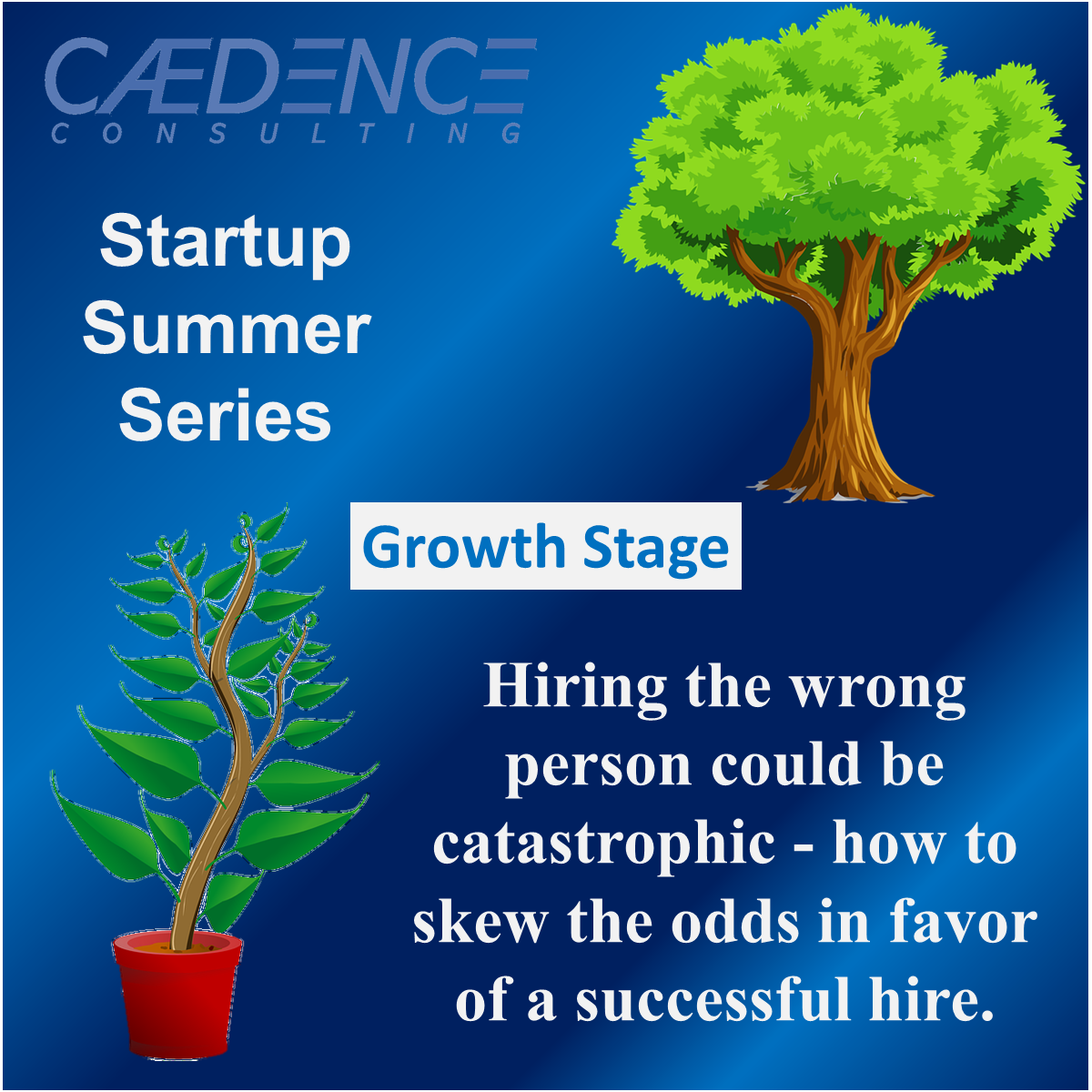Hiring the Wrong Person could be Catastrophic

Hiring the wrong person could be catastrophic for your nascent company. You need to maximize the odds of bringing the right person on board. Effective interviewing is much more than a casual conversation to determine if you like someone. Here’s our brief step-by-step guide:
1) Great vision without great people is irrelevant. If you hire the wrong people, it doesn't matter where you try to lead them; you won't have a great company. Bringing in the right people means you can more easily adapt to dynamic circumstances. Reference: Good to Great by @Jim Collins
2) First consider the distinction between Talents and Skills. Talents are recurring behavior patterns & inclinations that cannot be learned; i.e. inherent personality traits. Talents are neither good nor bad, they are simply characteristics of an individual (e.g. “taking initiative” or “attention to detail”). Skills are job-specific knowledge & experience; skills can be learned (e.g. “solid modeling” or “financial analysis”). Many hiring managers overemphasize skills – this is a big mistake. Hire primarily for talent. Make a comprehensive wish list of all the Talents and Skills necessary for success in each role for which you’re hiring. Use this list as the basis for crafting your interview questions. Reference: First, Break All the Rules by @Marcus Buckingham and @Curt Coffman
3) Humans are hard-wired to jump to conclusions from first impressions. We have unconscious biases for and against people from different social groups. People also tend to view confidence as a sign of competence, when in fact they are not correlated. Many interviewers tend to seek someone exactly like themselves. Focus your questions on eliciting examples of candidates’ real-world behaviors - the best predictors of future behaviors – avoid hypotheticals. Use the same interview questions for each candidate for fairness and to facilitate comparisons. Have 3 or 4 interviewers meet with each candidate. Wait until everyone has documented their evaluation before discussing to avoid influencing each other.
Reference: https://implicit.harvard.edu/implicit/takeatest.html
4) Keep it legal: Under US federal and state laws, there are several types of questions that are not permissible to ask on an interview. Questions that don't directly relate to your open roles should be avoided.
References:
https://www.eeoc.gov/employers/small-business/what-shouldnt-i-ask-when-hiring
https://www.eeoc.gov/employers/small-business/4-what-cant-i-ask-when-hiring
CAEDENCE is ready to help you build your best team. Contact us: info@caedenceconsulting.com

Over the years we’ve been exposed to Six Sigma, Juran, Deming PDCA, 8D, Dale Carnegie, A3, Shainin, and more. Each technique works pretty well, and has been demonstrated many times in a wide variety of industries and circumstances. At the core they are all essentially the same!
Each approach relies on an underlying logical flow that goes like this: [a] make sure the problem is clearly defined; [b] be open to all sources of information; [c] vet the information for relevance and accuracy; [d] use the process of elimination to narrow down all possible causes to the most likely few; [e] prove which of the suspects is really the cause of the issue; [f] generate a number of potential solutions; [g] evaluate the effectiveness, feasibility and risk of the potential solutions; [h] implement the winning solution(s); and [i] take steps to make sure your solution(s) don’t unravel in the future.
The differences between the paradigms resides in supplementary steps and toolkits. For example, 8D contains the important “In









